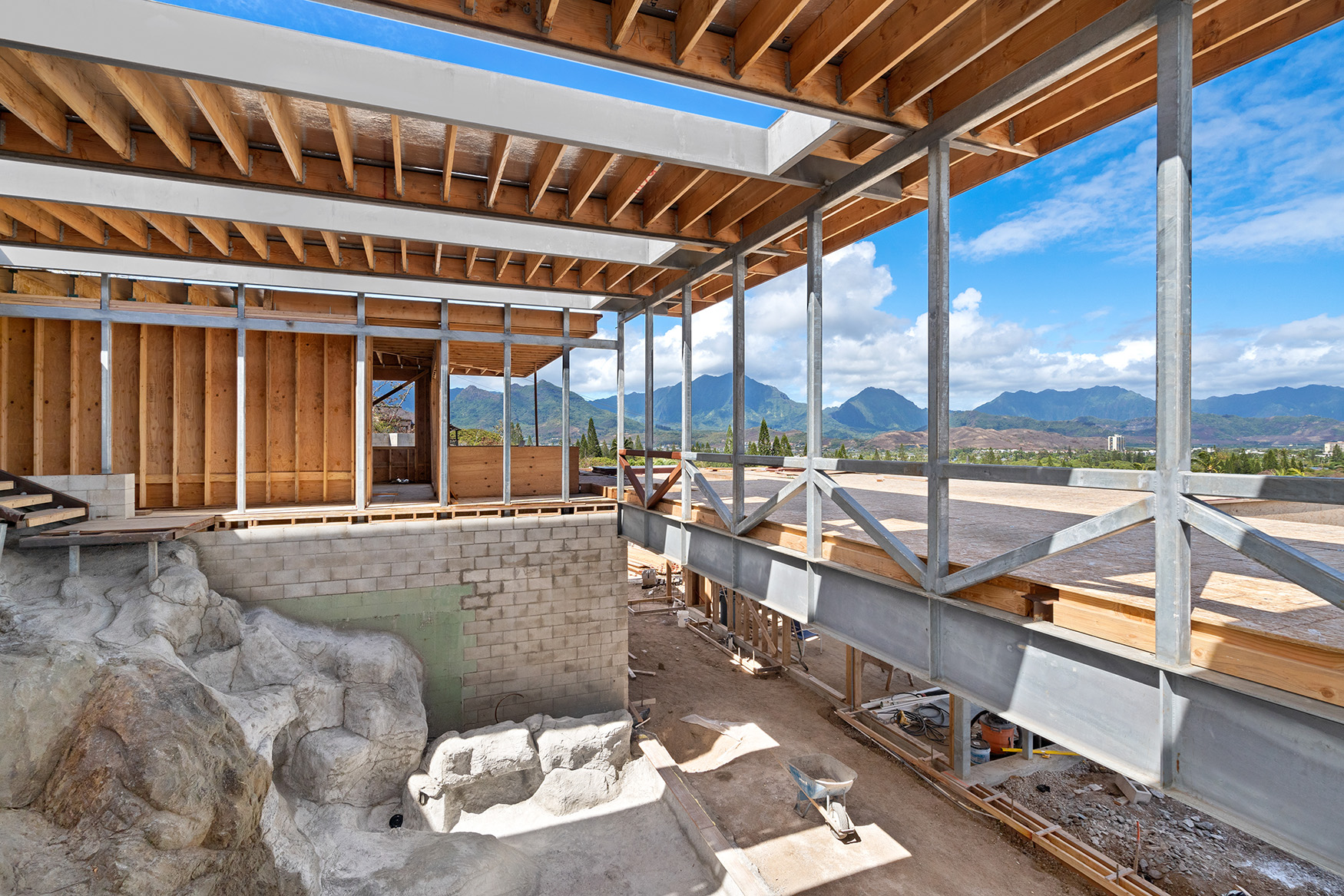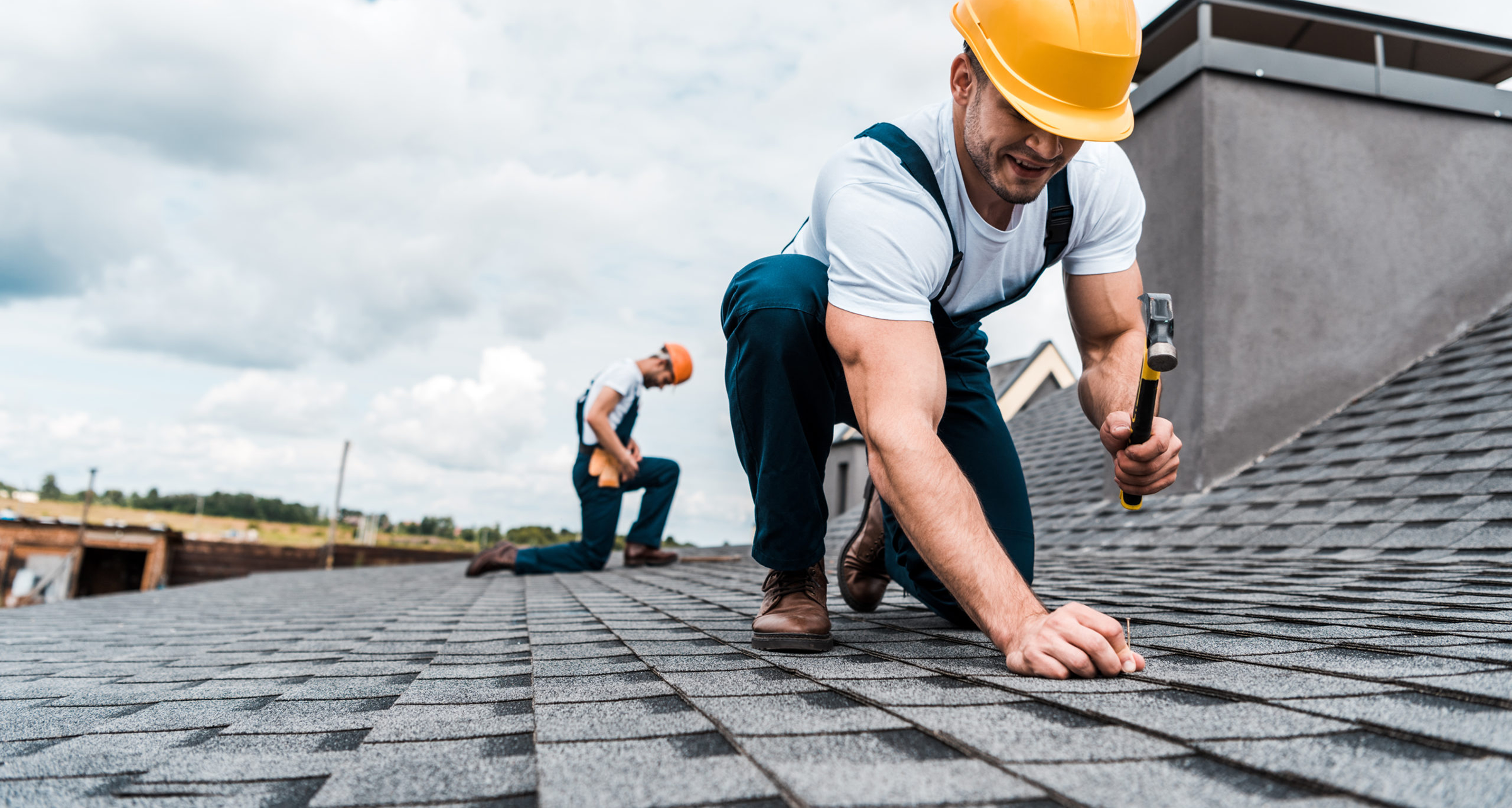Comprehending the Various Kinds Of Roof and Their Advantages
Roof is a crucial element of any kind of home, influencing not only visual appeals yet additionally long-lasting performance and price performance. Each roof type-- from the cost of asphalt roof shingles to the enduring stamina of steel and the timeless charm of floor tile-- offers distinct advantages customized to various needs and preferences. House owners have to evaluate these variables thoroughly to establish the very best fit for their conditions. As we check out these options better, a much deeper understanding of each roof kind's unique advantages may reveal unusual understandings that might influence your decision-making process significantly.
Asphalt Tiles
When considering roof covering alternatives, asphalt tiles often become a preferred option due to their equilibrium of cost, durability, and visual charm (honolulu roofing company). These shingles are made up of a fiberglass floor covering coated with asphalt and granules, providing a durable barrier versus climate components. Their lightweight nature enables simple setup, making them a favored alternative for both property owners and contractors
Asphalt tiles are offered in 2 primary types: three-tab and architectural. Three-tab roof shingles are flatter and use a more traditional appearance, while building roof shingles have a thicker composition and give a dimensional appearance. Both kinds are available in a variety of shades and designs, enabling house owners to tailor their roof covering to complement their home's layout.
One of the key benefits of asphalt roof shingles is their cost-effectiveness; they are generally less pricey than other roof covering materials, such as tile or slate. On the whole, asphalt tiles represent a aesthetically enticing and practical roof covering service for lots of property applications.
Steel Roof
Steel roof has obtained significant popularity among home owners and contractors as an energy-efficient and durable choice to standard products like asphalt shingles. Making up products such as steel, copper, and light weight aluminum, metal roof coverings are known for their longevity, usually enduring 40 to 70 years with very little maintenance. This remarkable life-span substantially reduces the frequency of roofing substitutes, translating to long-term expense savings.
One of the crucial benefits of steel roof covering is its power efficiency. Steel reflects solar convected heat, which can aid lower cooling expenses in warmer environments. In addition, lots of metal roof covering items are generated with recycled materials, making them an eco pleasant selection.
Metal roofings are also extremely resistant to extreme weather, including high winds, hefty rainfall, and snow. This resilience lessens the threat of leakages and other damage, offering tranquility of mind to homeowners. Steel roof is readily available in numerous designs, colors, and finishes, permitting for personalization to match any building design.
While the preliminary investment might be greater than traditional roof options, the long-term advantages of sturdiness, power effectiveness, and reduced maintenance make steel roofing a rewarding consideration for modern homes.
Tile Roof Covering
Tile roofing provides homeowners an unique aesthetic and exceptional longevity, making it a popular selection for various building designs, particularly in warmer environments. This roof product is available in a variety of colors, materials, and forms, consisting of clay and concrete, enabling functional layout choices that can improve a home's aesthetic charm.
One of the primary advantages of floor tile roof covering is its longevity. With proper upkeep, floor tile roof coverings can last upwards of 50 years or even more, surpassing many other roof covering materials.
An additional benefit of tile roof is its low maintenance requirements. While installment can be extra expensive compared to various other roof kinds, the investment is frequently warranted by the lasting savings on replacements and repairs. Floor tile roof covering is ecologically pleasant, as many tiles are made from natural products and are recyclable at the end of their life cycle.
Timber Shingles and Shakes
Timber shingles and trembles offer an all-natural elegance and heat that can enhance the aesthetic of any kind of home, making them a popular option among property owners that appreciate organic products. These roof covering alternatives are generally made from cedar, redwood, or yearn, supplying a rustic charm that complements various architectural styles.

Wood tiles are machine-cut, supplying a consistent appearance and smooth coating. On the other hand, shakes are hand-split, resulting in a more irregular and distinctive appearance. This difference can influence the total style and personality of a home, with shakes frequently offering a much more tough, natural feeling.
One of the main benefits of wood roof covering is its excellent insulation properties, which can assist regulate interior temperatures while decreasing power expenses. In addition, wood roof shingles and shakes can be treated with fire resistants and chemicals to enhance their durability and resistance to degeneration, insects, and wetness.
Nonetheless, it is necessary to consider the upkeep needs linked with wood roof covering. Normal evaluations, cleaning, and treatment are needed to prolong its life expectancy. When appropriately looked after, timber roof shingles and trembles can give a stunning and enduring roof covering service that raises any kind of building's visual allure.
Eco-Friendly Roof Covering Options
As environmental understanding expands, homeowners are progressively seeking eco-friendly roofing options that not only decrease their carbon footprint yet also add to lasting living. roofers honolulu. These roofing services are made to minimize environmental impact while boosting power performance and sturdiness
One prominent option is metal roof, which is commonly made from recycled products and flaunts a lengthy life expectancy, reducing the demand for regular substitutes. Metal roofings reflect solar warmth, consequently decreasing energy expenses. One more feasible option is rubber here roof, generally made from recycled tires, using excellent insulation and toughness.
Green roofing systems, which include greenery and soil, give natural insulation, aid with stormwater administration, and enhance air top quality. They are specifically helpful in city areas, helping to alleviate the warm island effect. In addition, solar floor tiles are obtaining grip; they incorporate traditional roof products with photovoltaic innovation, enabling homeowners to produce their very own power while maintaining aesthetic More Info appeal.

Verdict
Asphalt roof shingles offer a budget-friendly option with modest durability, while metal roof covering offers outstanding long life and energy effectiveness. Floor tile roof covering stands out for its visual allure and resilience, and wood roof shingles boost insulation but need thorough upkeep.